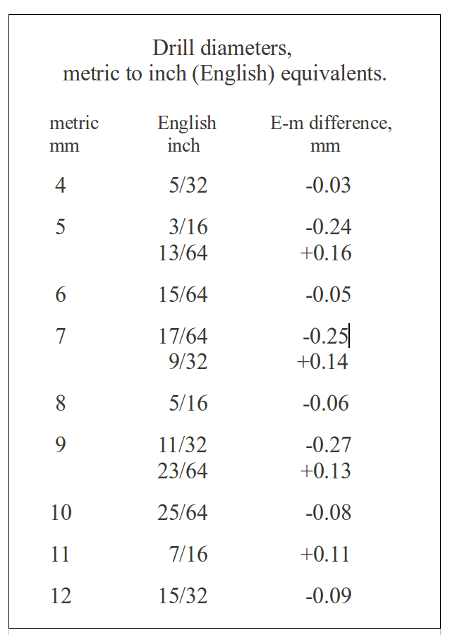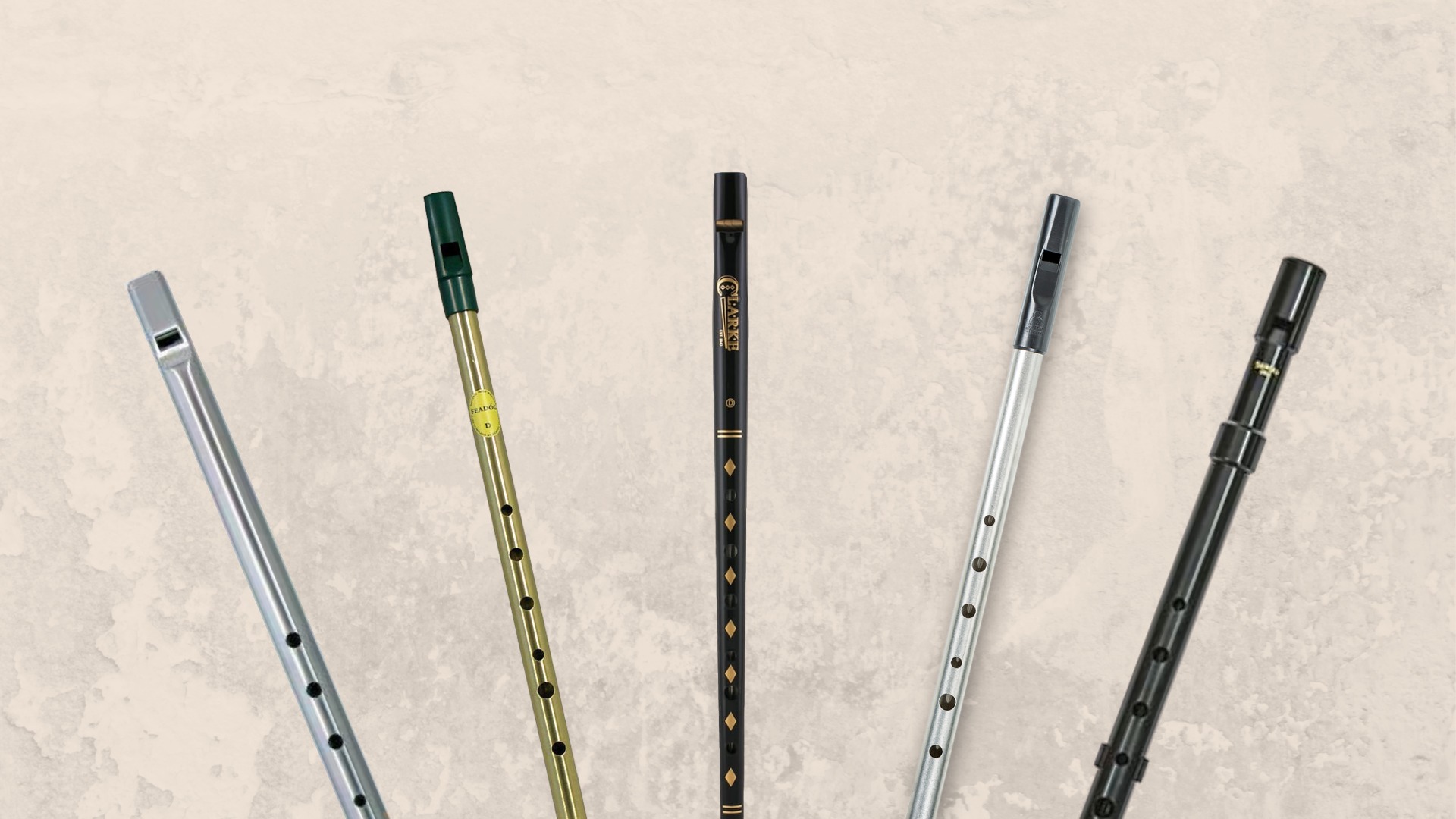

- #Chiff and fipple e flat whistle how to
- #Chiff and fipple e flat whistle pro
- #Chiff and fipple e flat whistle professional
I myself got so annoyed with the whole tuning fiasco that I bought a Burke Brass Pro Session. Sindts are also pretty nice, especially if you’re keen on the Generations. He’s one the best whistle players out there and he swears by them.

One of my whistle-playing friends in Phoenix uses Harpers on stage whenever he plays his traditional Welsh tunes.
#Chiff and fipple e flat whistle how to
If you like the way your Harper plays, I would recommend really working with it until you figure out how to work with its particular idiosyncracies. The upper register needs to be overblown to sort of "lip up" the upper octave. You’ll need to tune it so that the 1st octave A and the 2nd octave E each sound pretty close to in-tune. I always had a devil of a time trying to get it to sound in tune at all. On any cylindrical bore whistle, the upper register will always be flat to the lower octave. I guess Generation or Clarke might at best just send you another whistle if you sent a complaint, it’s equally likely that they would send you a note that said "Ha-ha". Low end whistles are a different story, it’s all up to the place you bought it from if they’ll return it/ replace it. I agree with you Will - Sindts are my favorite as well & John would defintely fix a dud (if one ever got out in the first place). The Clarke Sweetone is a nice conical bore whistle that can be made tuneable & a beginer (or someone with no ear) will sound more in tune in the second octave. Generations & other straight bored whistles need to be ‘blown in’ more of this than a conically bored whistle. The whistle is deceptively easy, the ear needs to be used quite a bit as the second register, oftentimes notes in the upper octave need to be blown into tune.

I’ve found they are somewhat well in tune. Clean up the excess wax & tune it up to an electric tuner. Clean the remaining glue off with a bit a steel wool (or even better those green scrubbie pads used for polishing copper) Then the final step which I find nice is to dip the fipple end of the metal tube into melted candlewax. After the glue has been softened by the heat gently twist off the fipple. Generations can be made tune-able by running the fipple under hot tap water for about 2 minutes. I think the question was directed about Generations, not higher end whistles (which are a whole ‘nother beast). Moral of the story - chack that your expensive whistle is in tune before you part with your hard earned cash. I know whistles are only cheap instruments and for most people only a stepping stone to another instrument but surely they should still all be tuned correctly - if they’re not then you won’t be encouraged to play them with others and therefore never play music. Now when I buy a whistle I take my dad and his melodeon - that’s what I play with so that’s what I need to be in tune with. I now have a very nice sounding whistle that I can’t play except on my own. I spent a lot of money on a Harper whistle last year then we came to record some demo tracks and I had to revert back to a generation becasue the generation whistle was more in tune than my nice one.

The Carbony™ tapered design is based on the Copeland tradition and we were fortunate to have Michael play an early design and offer both encouragement and his perspective of whistle making.How many of you there have a generation whistle - how many of you out there have an in tune generation whistle? Forget generation - how many have got an in tune whistle - high or low?
#Chiff and fipple e flat whistle professional
The interface of the whistle is precision ground to mate with the fipple and form a tuning slide required in all professional grade whistles. Safe to put in mouth and durable enough to honor our lifetime warranty. The tip/windway is machined from marbled ebonite, the same material used to make saxophone and clarinet mouthpieces. The blade/body is machined from aluminum and anodized for hardness, creating a stiff precise blade for maximum oscillation. Our two piece assembly also facilitates optimal material selection. Our patented two-piece design enables machining accuracy of 0.001″. A whistle you can play anywhere!Īll whistles now have our revision four fipple design. And new for 2013 is a quiet version of our high D, even easier register transition and a lower volume instrument. Available in D, C, E, Eb, B, F, G, low whistle keys of C, D, E, Eb, F, and mezzo Bb, A, G. When playing with other instruments these notes are rarely heard, but not with Carbony™ composite! Our material resonance enhances lower frequencies and mutes upper register shrillness producing a volume balance in all registers. The thin wall process of our tapered whistle design gives warm response of the lower octave. If a whistle could have ever been built of ebony this is what it would sound like.


 0 kommentar(er)
0 kommentar(er)
